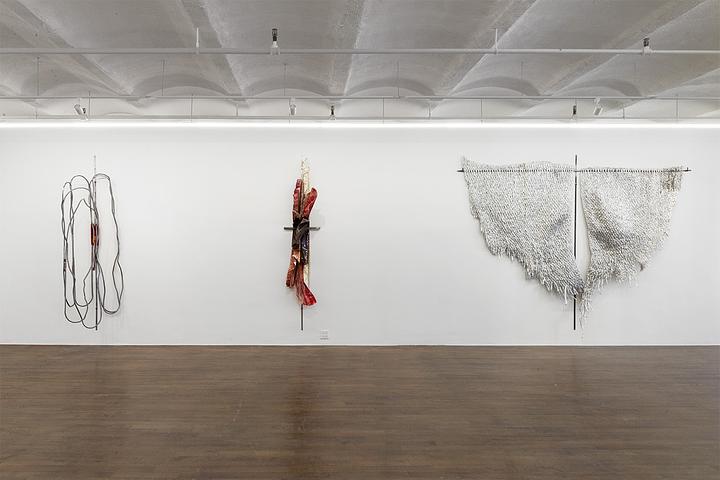
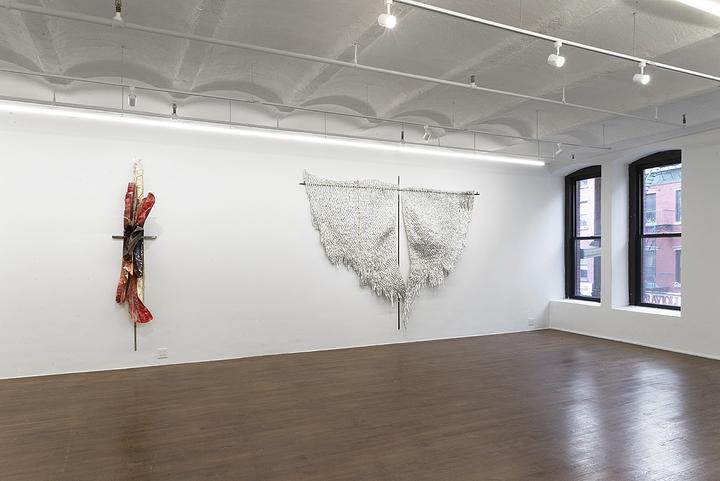

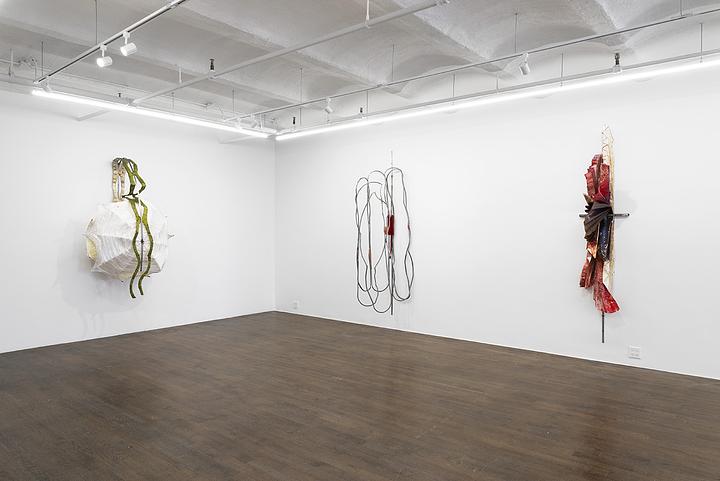

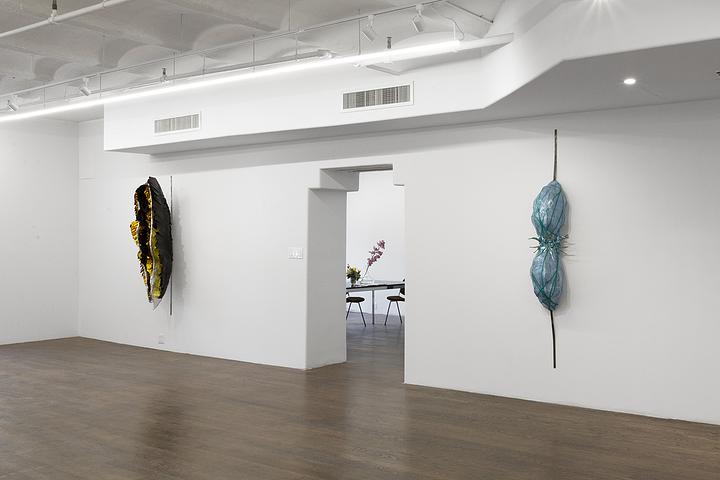
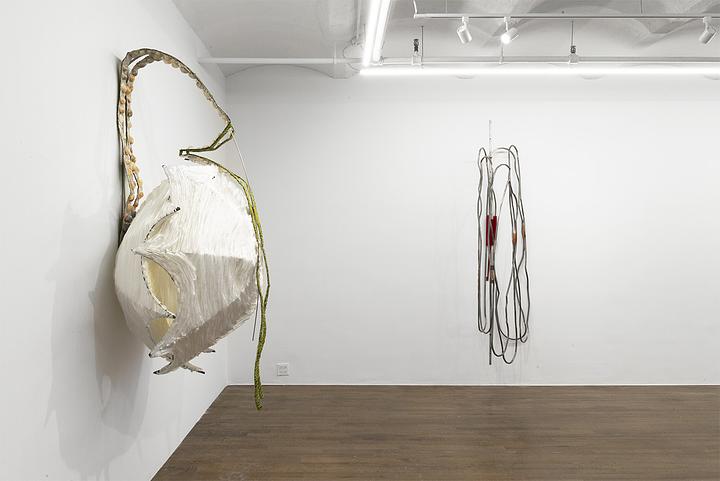
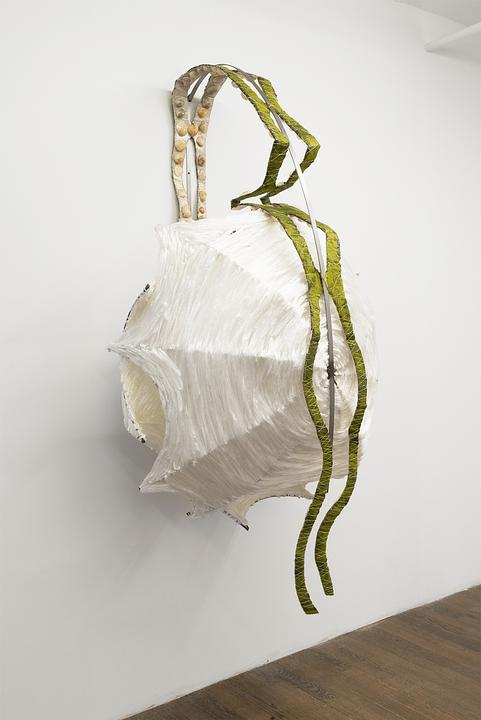
oedipal capacity, 2022
Steel, plastic, cardboard, silk, resin, seashells, wire
69 x 48 x 33 in (175.3 x 121.9 x 83.8 cm)
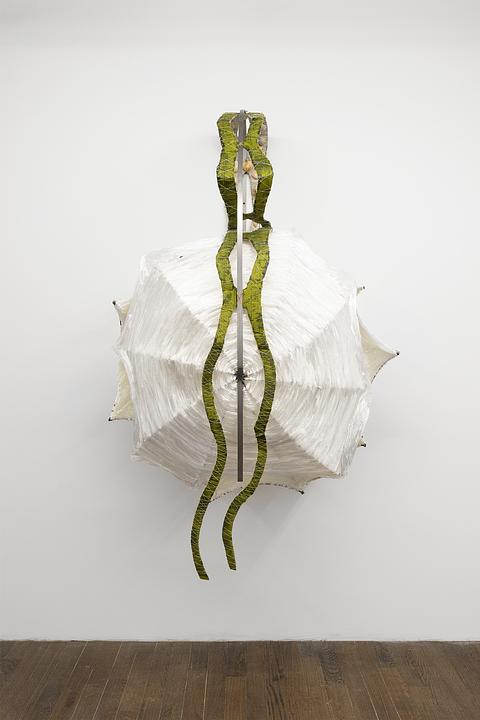

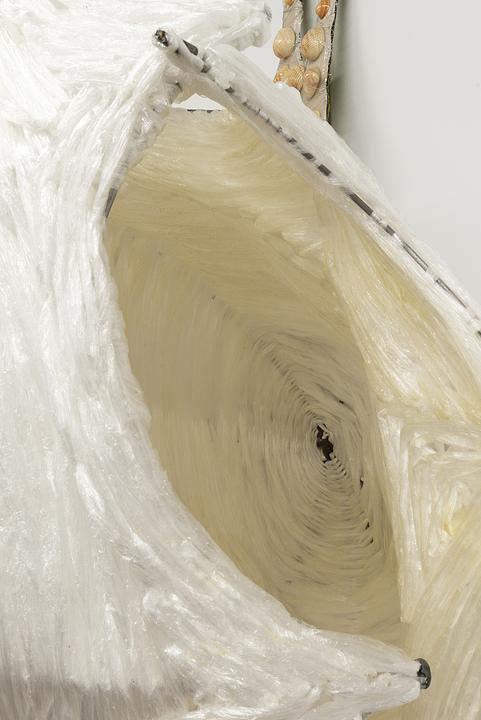
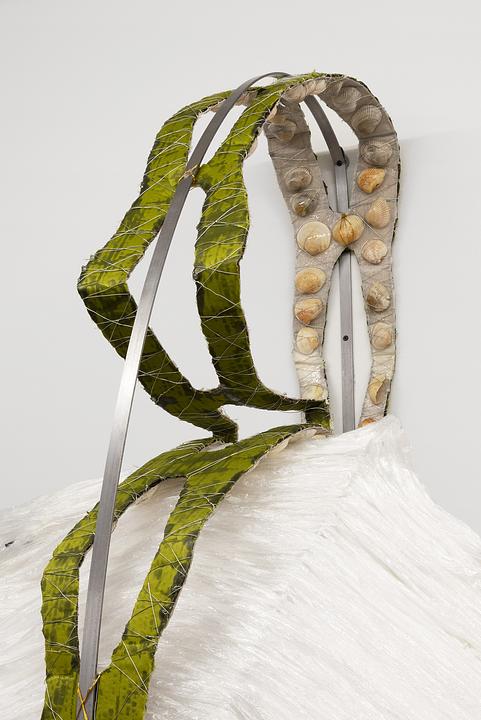
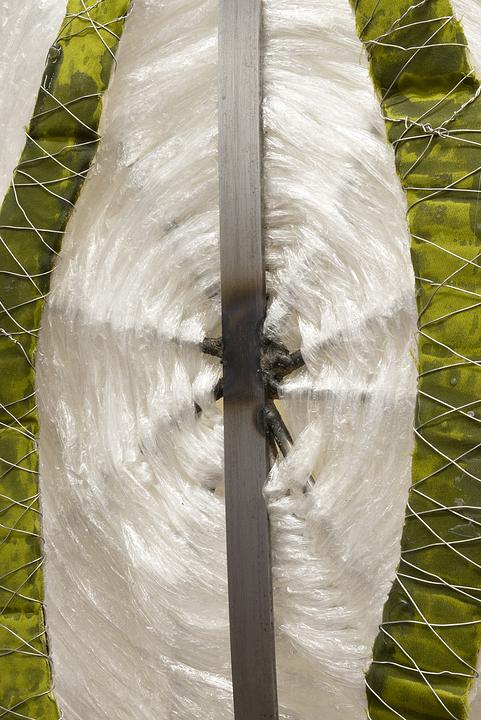
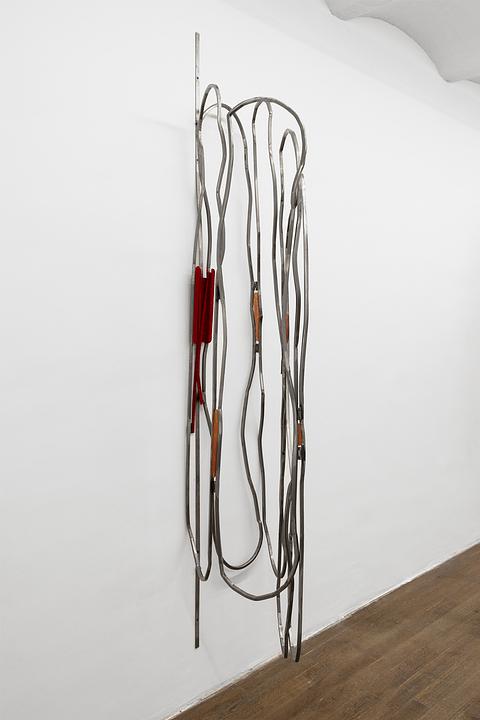
Madame Charpillon, 2022
Steel, steel hinges, flocking, pigmented resin
94 x 24 x 24.5 in (238.8 x 61 x 62.2 cm)
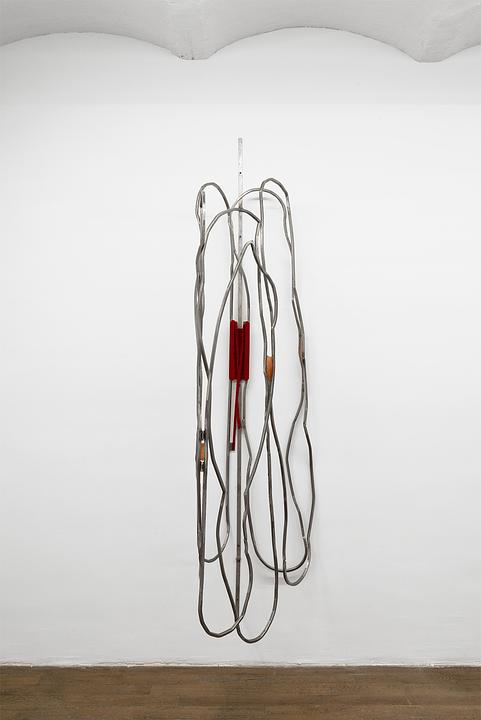
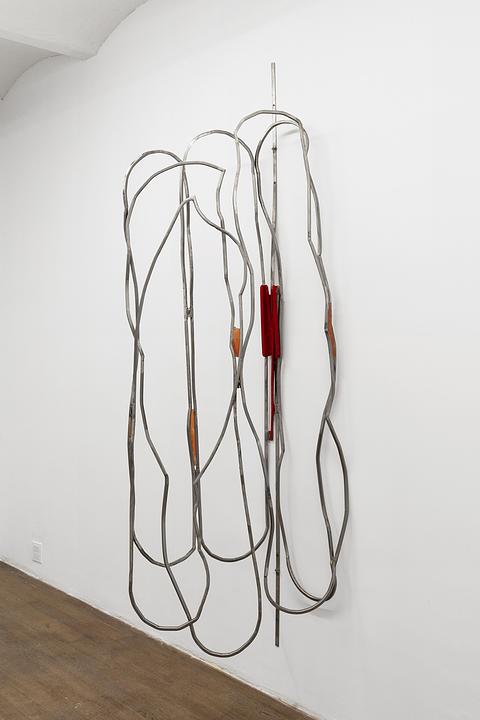
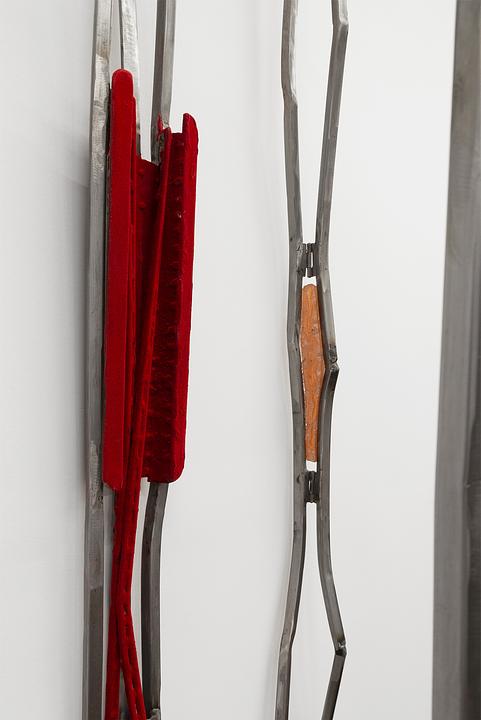
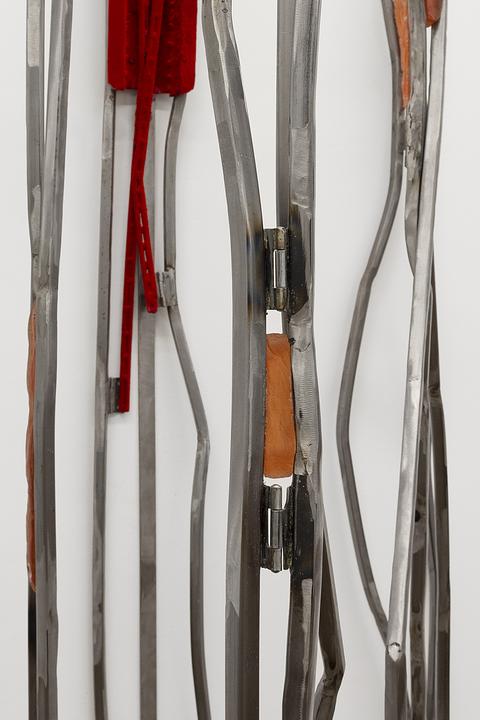
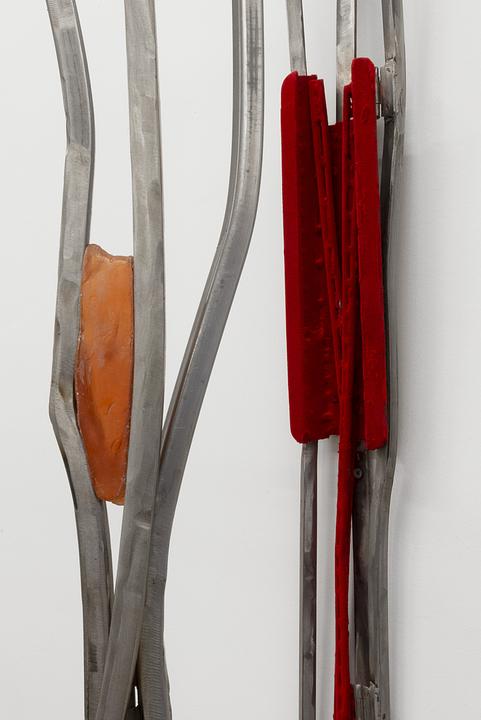
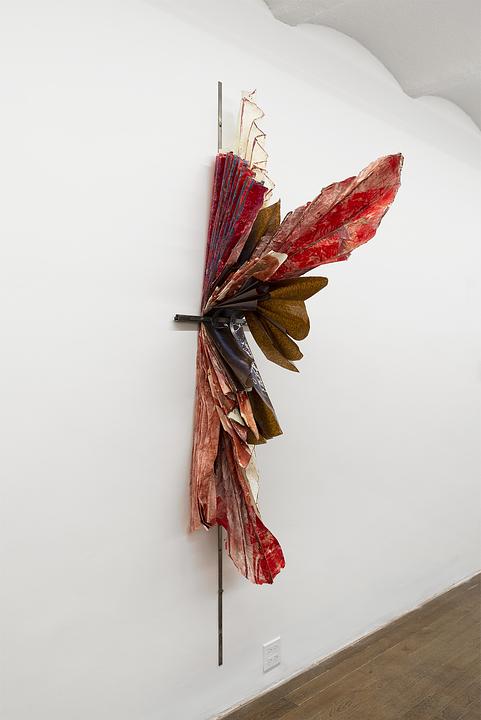
Eclosion Sequence, 2022
Steel, dyed paper, dyed papier-mâché, paint, resin
94 x 20 x 28.5 in (238.8 x 50.8 x 72.4 cm)
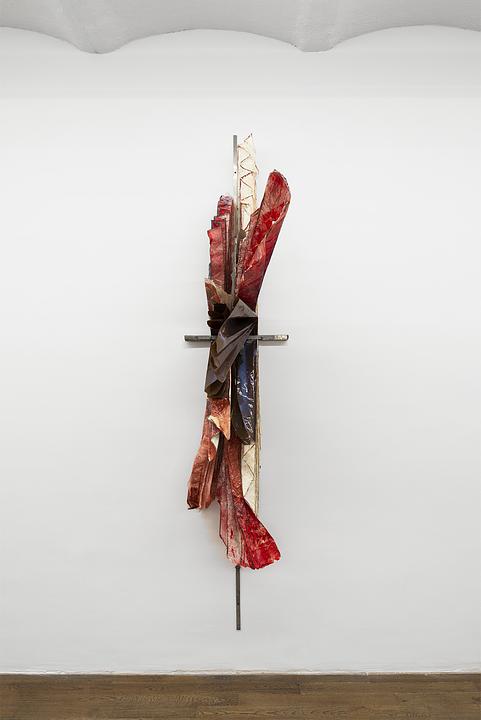
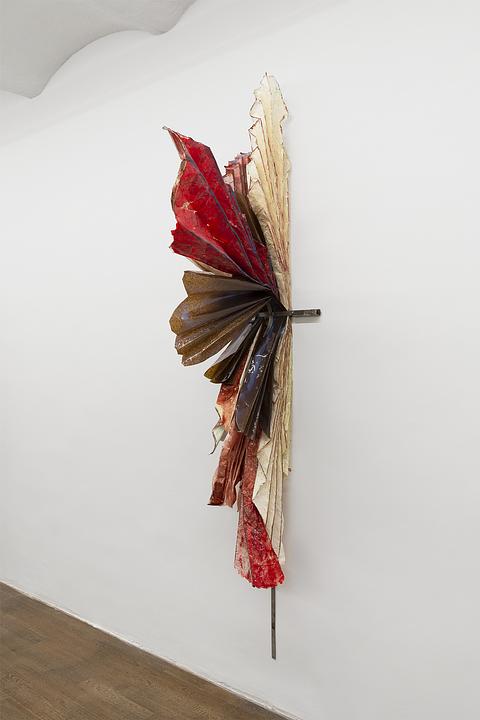
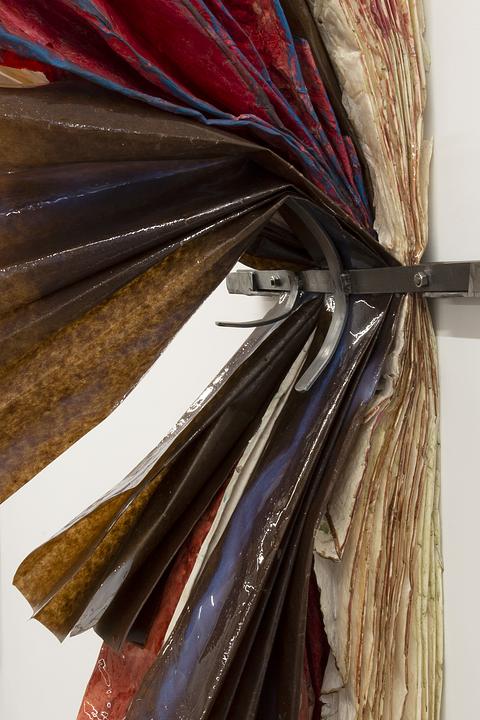


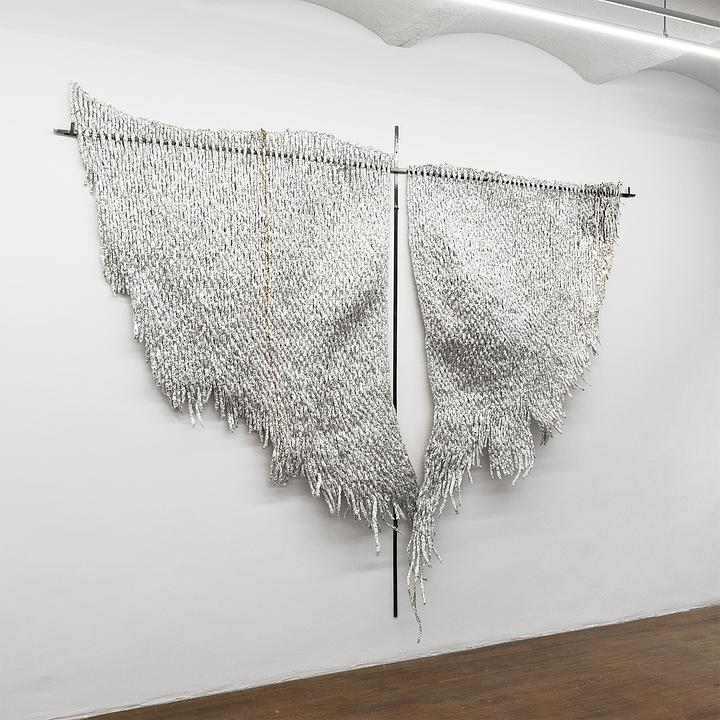
Lover's Year, 2022
Steel, aluminum, gold foil, copper
94 x 128 x 7 in (238.8 x 325.1 x 17.8 cm)
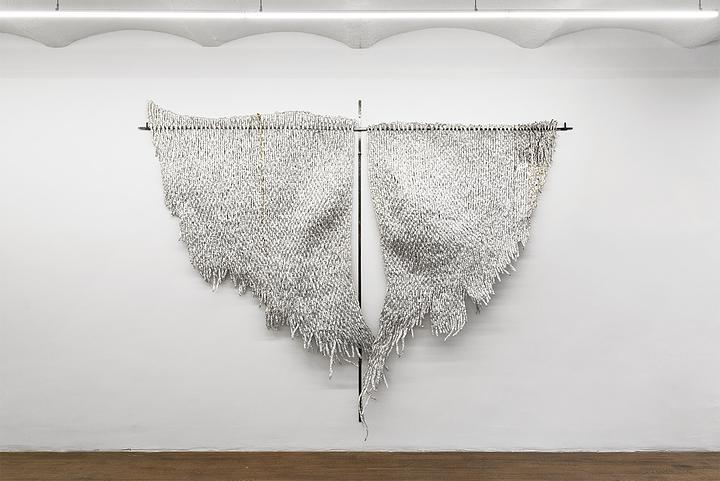

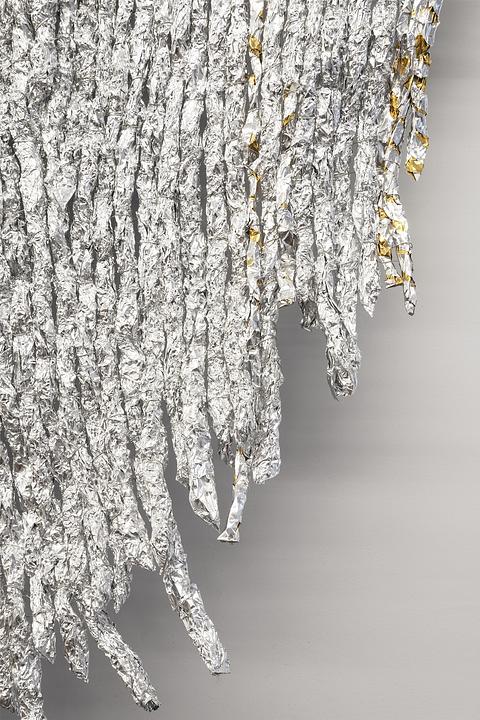

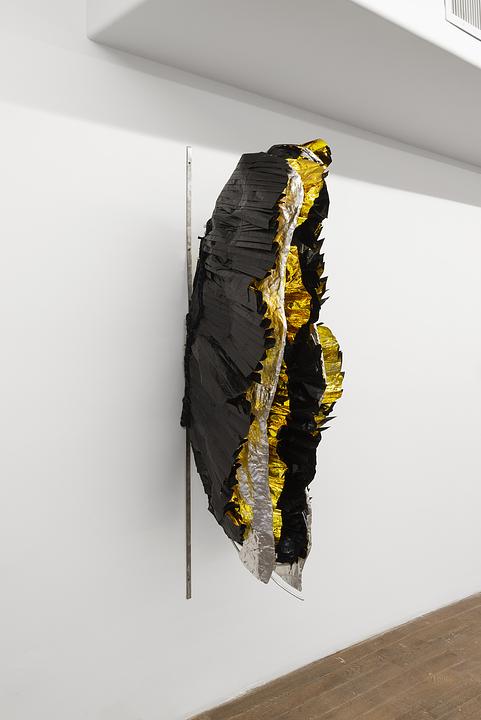
One in a Wake, 2022
Steel, enamel, Mylar, epoxy resin, thread, acrylic paint, velvet, pewter
68 x 18 x 18 in (172.7 x 45.7 x 45.7 cm)
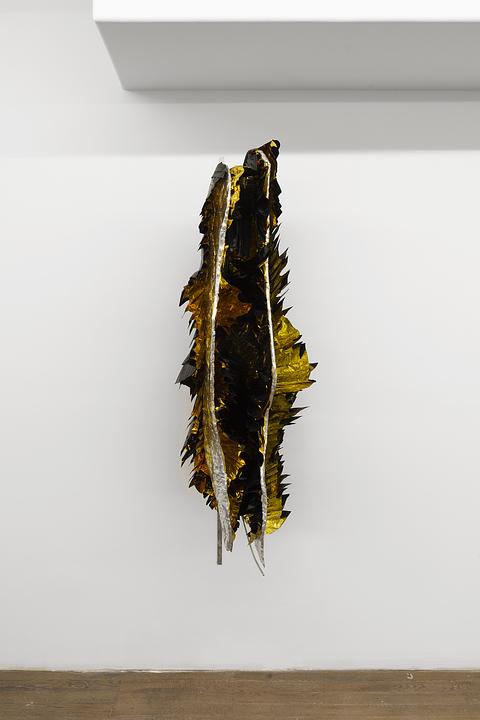
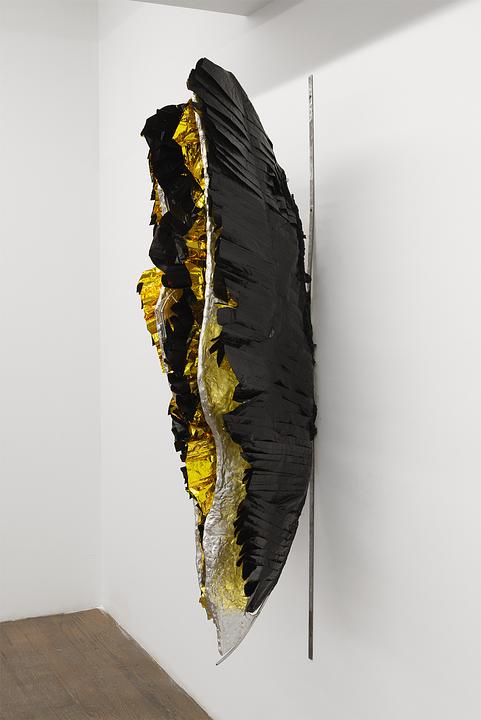
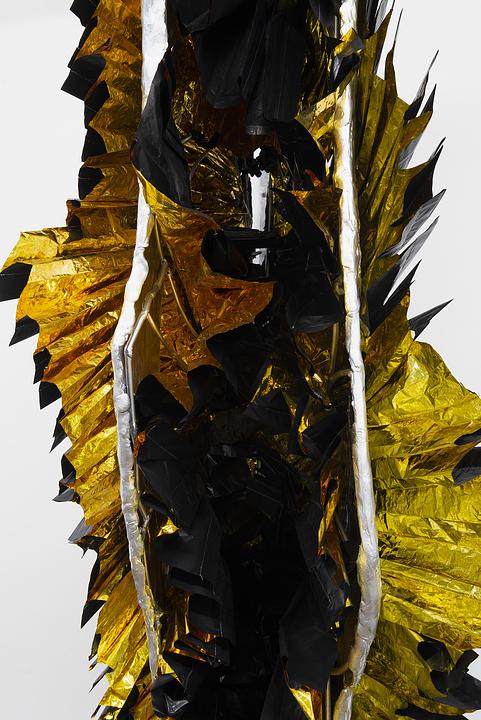
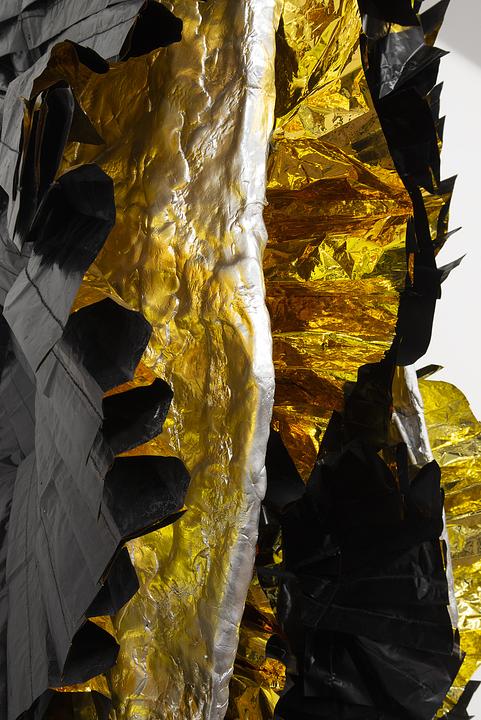
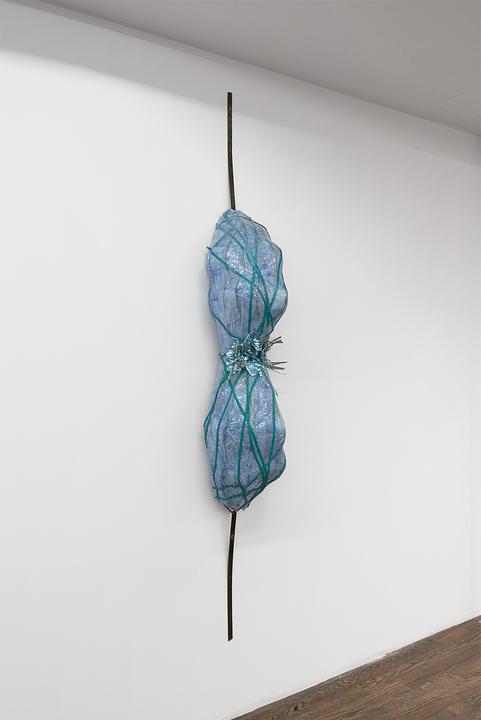
trouble every day, 2022
Steel, indigo dyed rice paper, pigmented resin, Mylar, stones, rhinestones, synthetic whale boning, steel boning
80.5 x 10 x 11 in (204.5 x 25.4 x 27.9 cm)
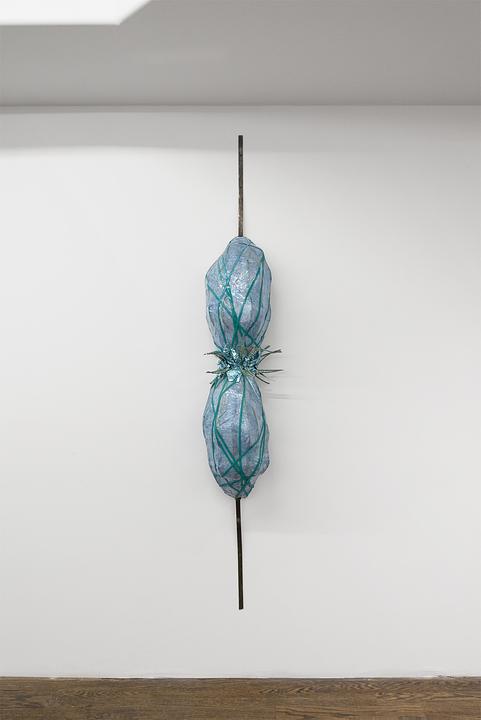

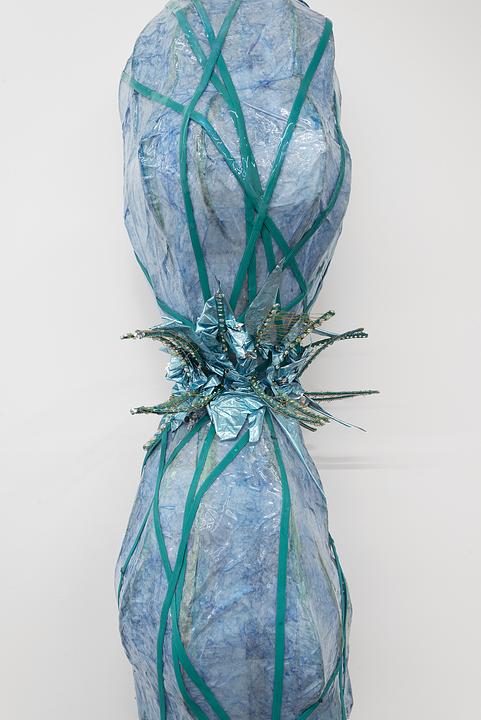
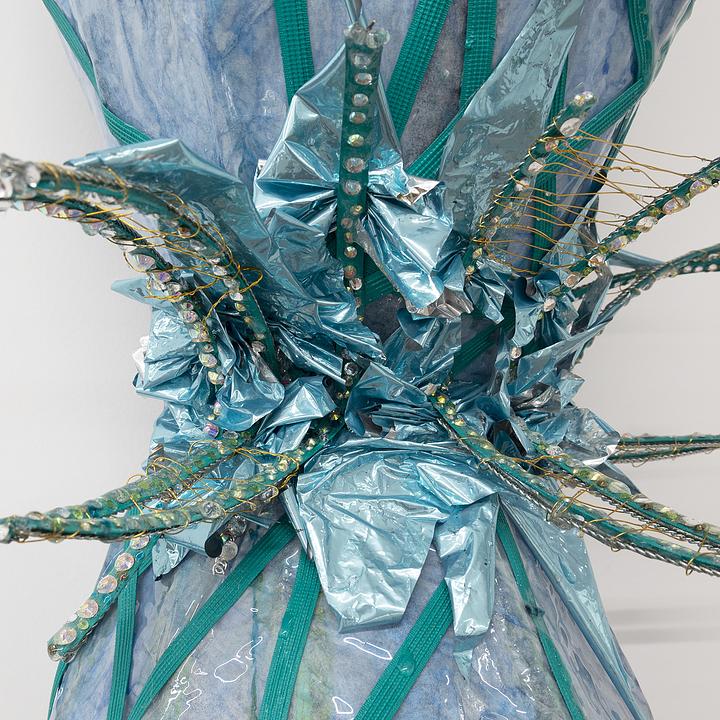

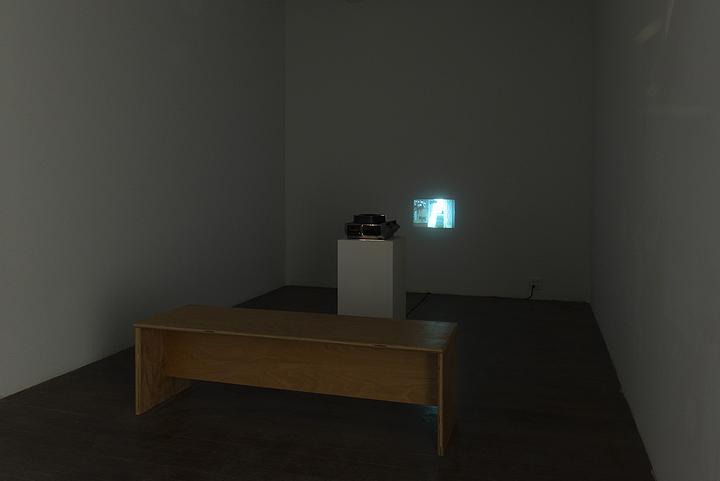
Entrance of Butterfly, 2022
Slide projector, eighty color reversal slides
10:50 minutes, looped
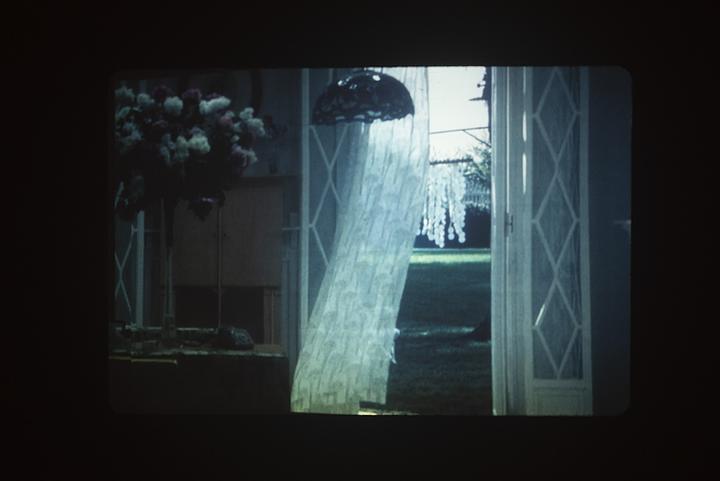
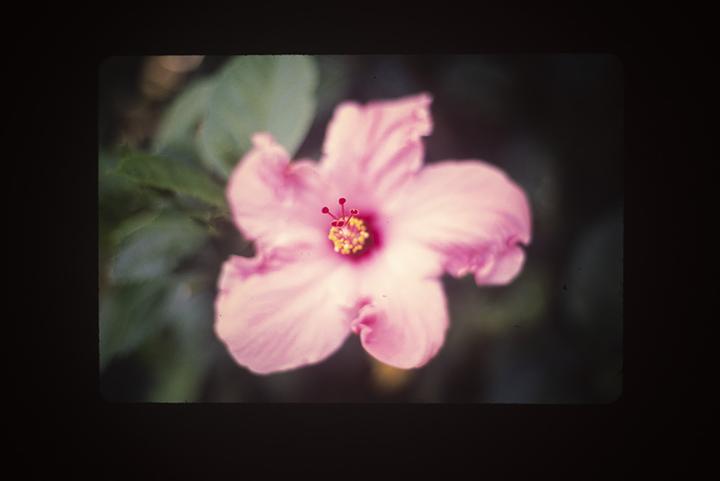
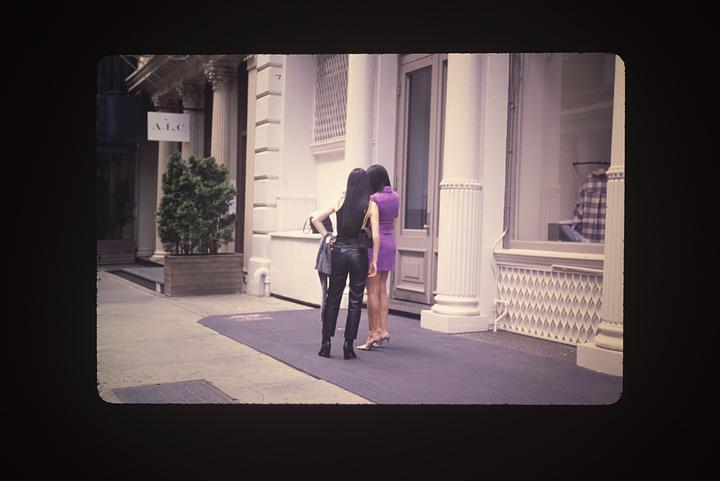
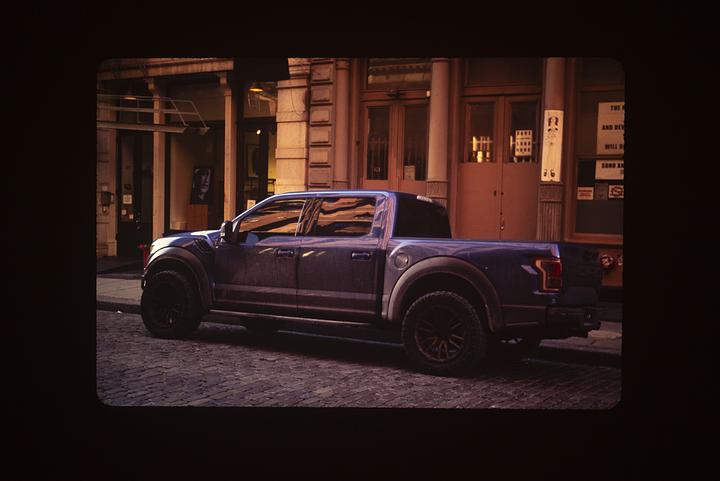
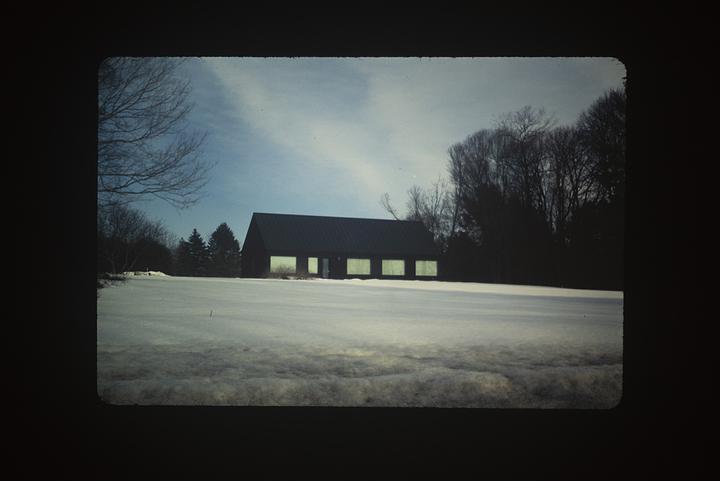
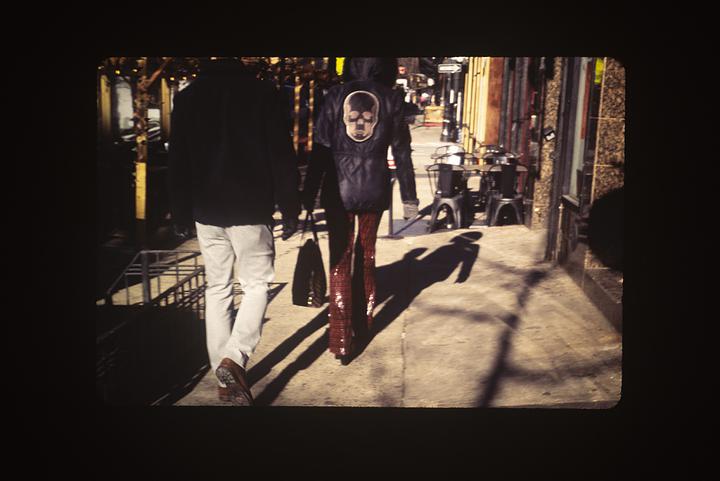
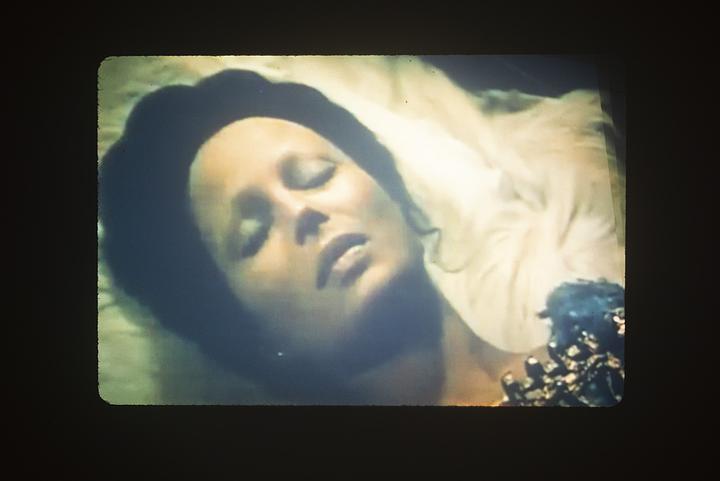
Derosia is pleased to present Entrance of Butterfly, a new exhibition by Em Rooney. This is Rooney’s third exhibition with the gallery, and inaugurates the 197 Grand Street space, following the move from 167 Rivington and renaming from Bodega to Derosia. Rooney’s practice centers around photography, exploring methods to reinforce the photographic image’s material presence, as pictures grow increasingly untethered from authorship and origin in the digital era. Previously, Rooney has anchored her prints within sculptural framing devices, using steel brackets, leaded crystal enclosures, pewter embellishments, and other heavy, industrial materials that engage tactility and imply a substantive weight to their contents.
For Entrance of Butterfly, Rooney presents a series of large scale, autonomous sculptures alongside a slideshow of photographs. Rooney’s new sculpture evolves from the botanically inspired forms shown in her 2020 exhibition, Women in Fiction, similar in scale and material, but here structurally mimicking the stages of insect incubation. Unifying these subjects is an intimate correlation to the female body: while flora famously signify vulva, the maturation of butterfly telegraph pubescence and womanhood. Among Rooney’s sculptures, a blue pod with a veiny, membranous surface appears as a fantastical cocoon, cinched and embellished at its center as though in an elaborate corset. Rooney’s sculpture is also influenced by the costume design of Danilo Donati, known for his work with Italian auteurs such as Federico Fellini and Pier Paolo Pasolini. Sculptural and baroque, his garments both emphasize and obscure the female form. In another sculpture, spindly, steel tendrils that recall insectile legs are selectively sheathed in red velvet casing. Wings are constructed from red and white accordioned papier-mâché and woven strands of aluminum foil extending from the steel spines that anchor each of Rooney’s sculptures, the former appearing in a state of emergence, the latter spread to their full expanse. Altogether, the sculptures describe the evolution from incubation to glorious debut across a variety of hues and surfaces, as though a taxonomy of varied, chimeric species.
On view alongside her sculpture is Rooney’s slideshow of seventy-six images in four parts, projected at small scale and lasting approximately eleven minutes long. The slideshow samples from Rooney’s abundant photographic production, much of which balances a deliberately pedestrian style with narrative opacity and mystery, frequently surrounding the experiences of women and girls. Among her images: a group of tourists huddled for a photo, pictured from behind to obscure their faces and attendant landmark; a figure visually beheaded by the mirror they carry down the city streets, their face occluded by an urban reflection flush with its backdrop; a staged bedroom, warmly lit and seen through glass in a nighttime storefront. Cars and flora are recurring images: sculptural templates both manmade and natural.
Sculpture and photography have been seemingly wedded in Rooney’s earlier exhibitions, and now appear to be teased apart in Entrance of Butterfly. Yet in this show, Rooney’s images maintain a physical anchor, that of the slide carousel installed in the space, and remain at the artist’s standard small scale, enduring the implication that they may be handled. The mechanism of the carousel—cyclical, toggling between obscuring and revealing—operationally mimics the forms on view, just as it subtly maps a constellation of Rooney’s influences. An image of a rust-colored window blind in a garbage can echoes the papier-mâché form on view, others capture stills from the films that informed her sculpture. In an essay accompanying the exhibition, Rooney examines the psychology and interiority afforded to starlets of avant-garde Italian filmmakers. Rooney observes vacant characters surrounded by painstaking detail—a surplus of signifiers absent a signified—and links the discrepancy to the excess of camp. Throughout Entrance of Butterfly, Rooney navigates the gap between seen and unseen, public and intimate, and the particular role of this dichotomy in the lives of women.
Em Rooney (b. 1983, U.S.) lives and works between Canaan, CT and Great Barrington, MA. Recent solo exhibitions include François Ghebaly, Los Angeles (2020 – 2021); Fons Welters, Amsterdam (2019); Bodega (Derosia), New York (2018 & 2016); and Beeler Gallery at The Columbus College of Art and Design, Columbus, OH (2016). Recent group exhibitions include deCordova Museum, Lincoln, MA (2022); White Columns, New York (2022); Kristina Kite Gallery, Los Angeles (2021); Candace Madey Gallery, New York (2020); François Ghebaly, Los Angeles (2019); Kaviar Factory, Henningsvaer, Norway (2019); Adams & Ollman, Portland, OR (2019); Galerie Crèvecoeur, Paris (2018); Foxy Production, New York (2018); The Museum of Modern Art, New York (2018); Document, Chicago (2018); and Simone Subal, New York (2017). Her work has been reviewed in The New York Times, Frieze, Artforum, Aperture Magazine, i-D, Art in America, and Artnews, among others. Rooney's work is in the collection of The Museum of Modern Art, New York.